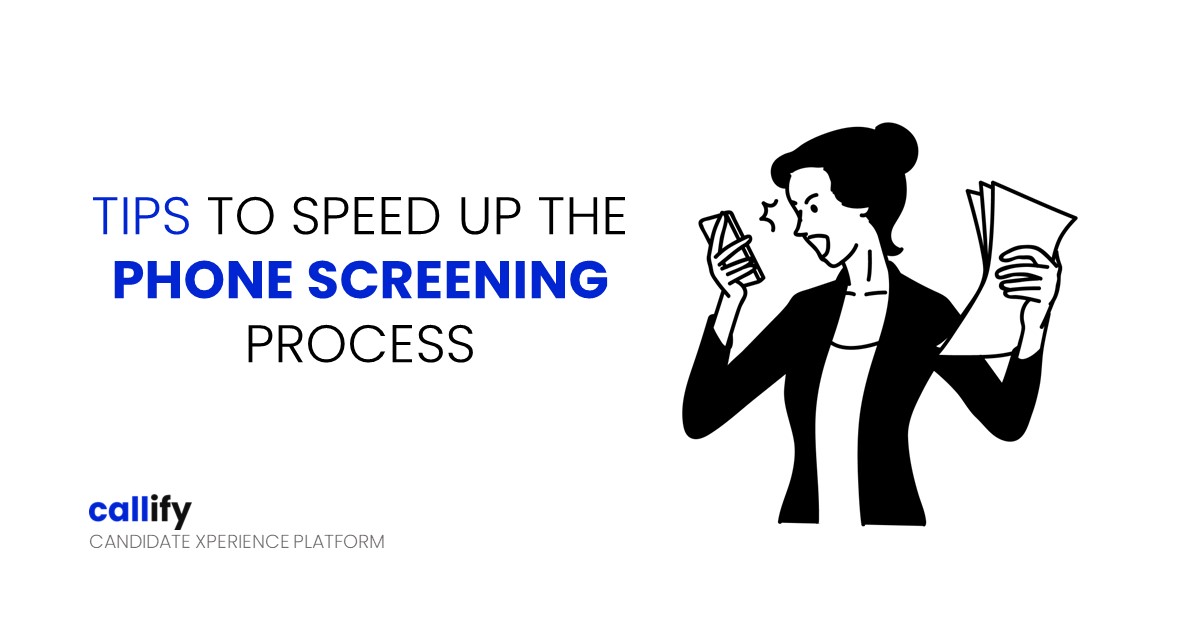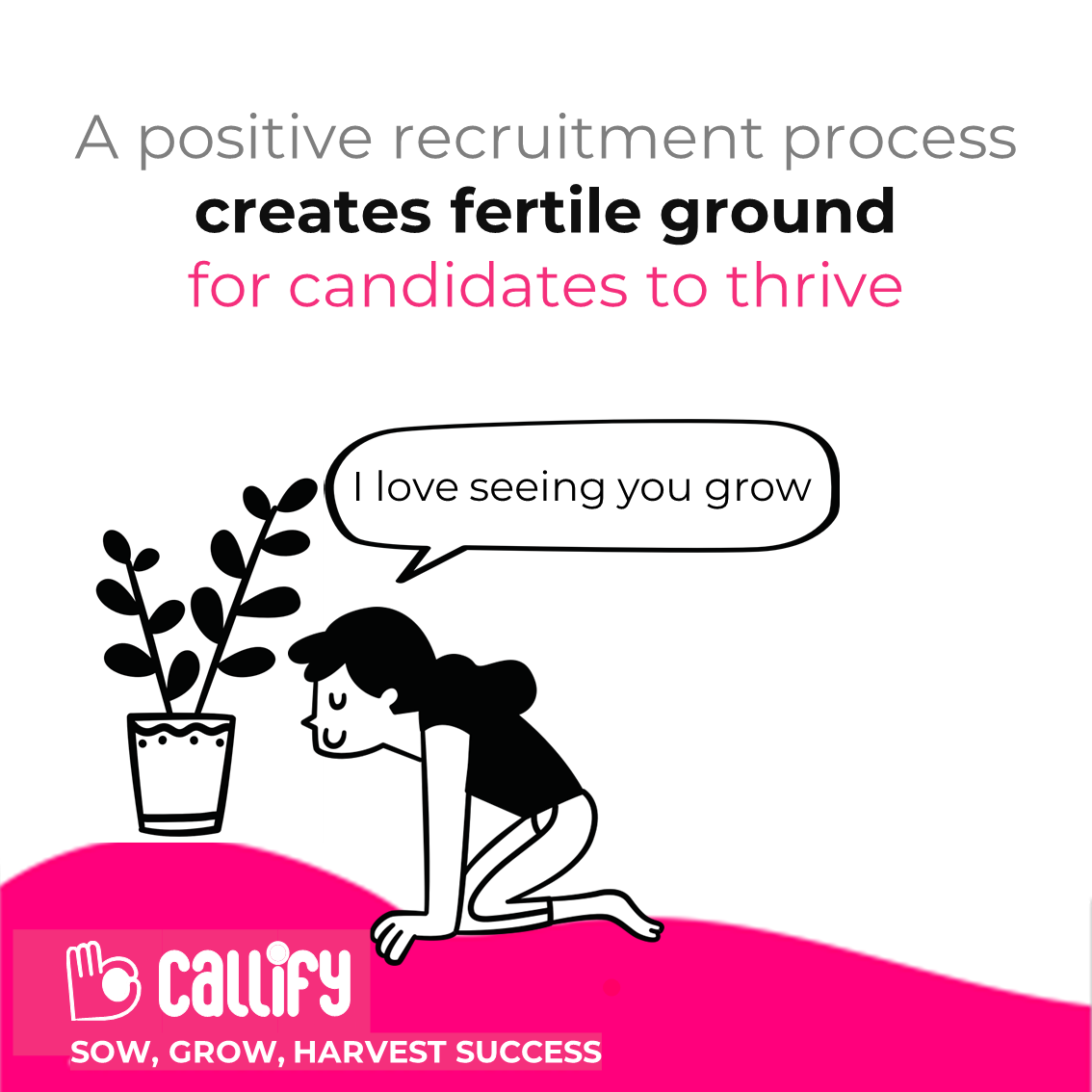10 Challenges in Recruitment and its Solutions
The recruitment process is like building an empire. You must go through blood, sweat, and tears to build one.

In the recruitment process, you must go through multiple processes to find the perfect fit. And you have to face challenges at every step. But is there any way to overcome those obstacles? Let us dive deep into this to find out.
Challenges in Recruitment and its Solutions
1. Getting attention from the right candidate

Unquestionably, the most challenging part of the recruiting process is catching the eye of a qualified candidate. In addition to spreading the word about the job opening, you’ll also need to persuade them to explore the opportunity and hopefully join your team. There’s just too much background commotion to concentrate on. If you want to target a particular person, how can you stand out from the other 200 recruiters who are also attempting to do so?
Cultivate your employer brand as an attractive place to work, so that top talent comes to you instead of the other way around. Numerous strategies exist that may be used on a shoestring budget. Use social media, especially LinkedIn, to talk about your real-life experiences with candidates. Convince them that working with your organization will allow them to fulfill their professional aspirations, but don’t be too hard on the sell. Putting job ads in places where qualified people are likely to be searching will help your company find the employees it needs to succeed.
2. The slow-burn hiring process
Since filling a new job role takes about 42 days, reducing the time it takes to find and hire new employees is becoming an increasingly pressing concern for recruiters. If the application process takes too long, potential applicants will either give up and go elsewhere or be headhunted by a competitor.
Measure the time it takes to make an offer instead of the time it takes to recruit someone. Considering that the recruiter has little say in matters such as the notice time candidates provide, this is a far more reasonable metric to evaluate performance. Circulate your requirements to an extensive enough network. Do an ad campaign. Regularly connect with the top candidates. And last but not the least, automate manual procedures using CV parsing software.
3. The B-word (Bias)
Many companies have a hard time hiring a diverse workforce due to the unconscious biases of their hiring managers. While being fair in hiring is the law, choosing the best person for the job without bias involved is also suitable for business. In return, you’ll offer a more welcoming office environment.
Eliminate bias from the selection process by using several different strategies. First, educate yourself about diversity issues and how to tackle them in the workplace. You can arrange training for your team and existing employees as well. Advertise vacant positions on niche employment boards to reach a more diverse applicant pool.
Practice unbiased hiring methods, such as structured interviews and blind-hiring software. Having a standardized interview process might also help you achieve this goal. First, be consistent in your questioning of potential customers. Then, choose the most promising candidates by comparing them using the same criteria. As the last step, you should ensure that the interview panel represents a wide range of backgrounds.
4. Shortage of skilled professionals

When hiring for a new role, you have specific requirements, but identifying candidates that meet those standards might be challenging. Candidates may lack sufficient experience or have no experience in that particular field. So, where do you look for the perfect employee?
It’s not always necessary to find a candidate with the precise qualifications you’ve listed. Especially when it’s about the technical role, the robust change of technology also makes it challenging. Instead, focus on hiring people with buildable soft skills. But you can not replace technical skill requirements. Conduct a skill test for that. With screening and Skill Assessments, you can evaluate applicants’ abilities the instant they apply. Moreover, it is important to gauge if the candidate is willing to learn and improve the technical skills required for the job.
5. Competition for the right talent

Here is a bitter pill to swallow — top applicants will be picky. They have many offers on their plate and will avoid indulging with companies with tedious hiring procedures or bad company reviews. Only a paycheck will not be enough for them. They will look at the quality of candidate experience, the company’s history, perks and benefits, and last but not the least, a good employer brand they’ll be satisfied to associate with.
You only get one chance to make a long-lasting first impression. Keep a close eye on your interviewing tactics. Showing genuine kindness and openness can help you stand out. If you uncover a potential candidate, you must move quickly to get their services before your competition gets a hold of them. Keep the process effortless and give them a reason to choose you over your competitors.
6. Sleeping on passive talent

One common mistake companies often make is not tapping the passive talent pool. And, even when they do, they fail to onboard them. According to research conducted by LinkedIn, just 30% of the global workforce actively seeks jobs, while the remaining 70% are passive talent. The good news is that up to 90% of these “passive candidates” are interested in hearing about fresh job openings- LinkedIn said this. However, the passive candidates aren’t actively looking for employment. So you won’t find them browsing your career site or advertisements.
Instead of scratching the wrong barks, use social platforms to communicate with them. Start harnessing the influence of LinkedIn, Twitter, and even Instagram in desperate times. This doesn’t mean you should advertise your open positions on Twitter and Facebook. Instead, engage with people’s comments and messages on LinkedIn, conduct targeted email campaigns, and publish articles and videos that promote your company as a great place to work. In addition, meetings, seminars, and other similar activities are great recruiting tools.
Also, don’t underestimate the power of cold calling. But don’t do the regular one. Instead, take the help of AI. You can record the calls beforehand. Then, schedule a call with them and check their interest, all in a flash.
7. Lack of communication with the candidate
One of the most typical difficulties in recruitment is figuring out when and what to mention to potential prospects. Lack of communication breeds confusion. You may lose a potential candidate.
Aim for clear communication. Be open and transparent, whether it’s a weekly email newsletter to your talent pool or a text message informing a candidate that their application has moved up or down the ladder. When opting for phone screening, mail them. Have an option for rescheduling. Put weight on multichannel communication. Maintaining regular contact with applicants keeps them engaged with your company and paves the way for a successful working relationship.
8. Complex recruitment process
It’s no secret that recruitment is complex. Going through 200-250 CVs (typically) breaks your back. Skill assessment, screening, background checks, interview — every step is challenging. You often have to go back to another step again and again. But you can not jump any step.
To make the shortlist faster, collect as much data as possible from each candidate for the open position. But manual screening is not cost-effective. Let the technology help you. Using an ATS, you can strain out the potential one faster. Automate repetitive tasks to improve the productivity of the entire team.
9. Keeping up with ROI

Targeting and onboarding new talent is just the tip of the iceberg. The real struggle begins when you want to retain them. Millennials will make up 75% of the global workforce by 2025, and they’re not settling for less. Even if you don’t provide the same privileges that many other organizations do, such as choosing their schedule and working from anywhere in the world, they will let you go.
Consider revamping your incentive plan to include benefits that exceed or at least keep up with those offered by rivals. Listen to your team instead of guessing what you think is best for them.
10. Ignoring the shift in recruitment dynamics
Adopting cutting-edge technology is nerve-wracking. It’s a common human tendency. That’s why plenty of companies are still practicing traditional processes. Many of the older practices are no longer relevant to the needs of modern candidates and even recruiters. Moreover, recruiters have more difficulty attracting and hiring top talent.
Adapt to new circumstances. Getting to the bottom of this recruiting dilemma will boost the productivity and efficiency of the hiring process. Use all at your disposal that modern technology has to offer. For example, get yourself some sophisticated, user-friendly recruiting software.
Conclusion
In some extreme cases, stressing over the recruitment process may cost you your health and the company’s future. But let technology take the plunge. With Callify.ai, you can pre-record your phone screening questions. Choose the question templates. Record questions in recruiters’ own voice and share them with the candidates. That’s it. With the help of AI, it will record the call and then change them from speech to text format. It’s time to enhance your recruitment efficiency by up to 70%.





